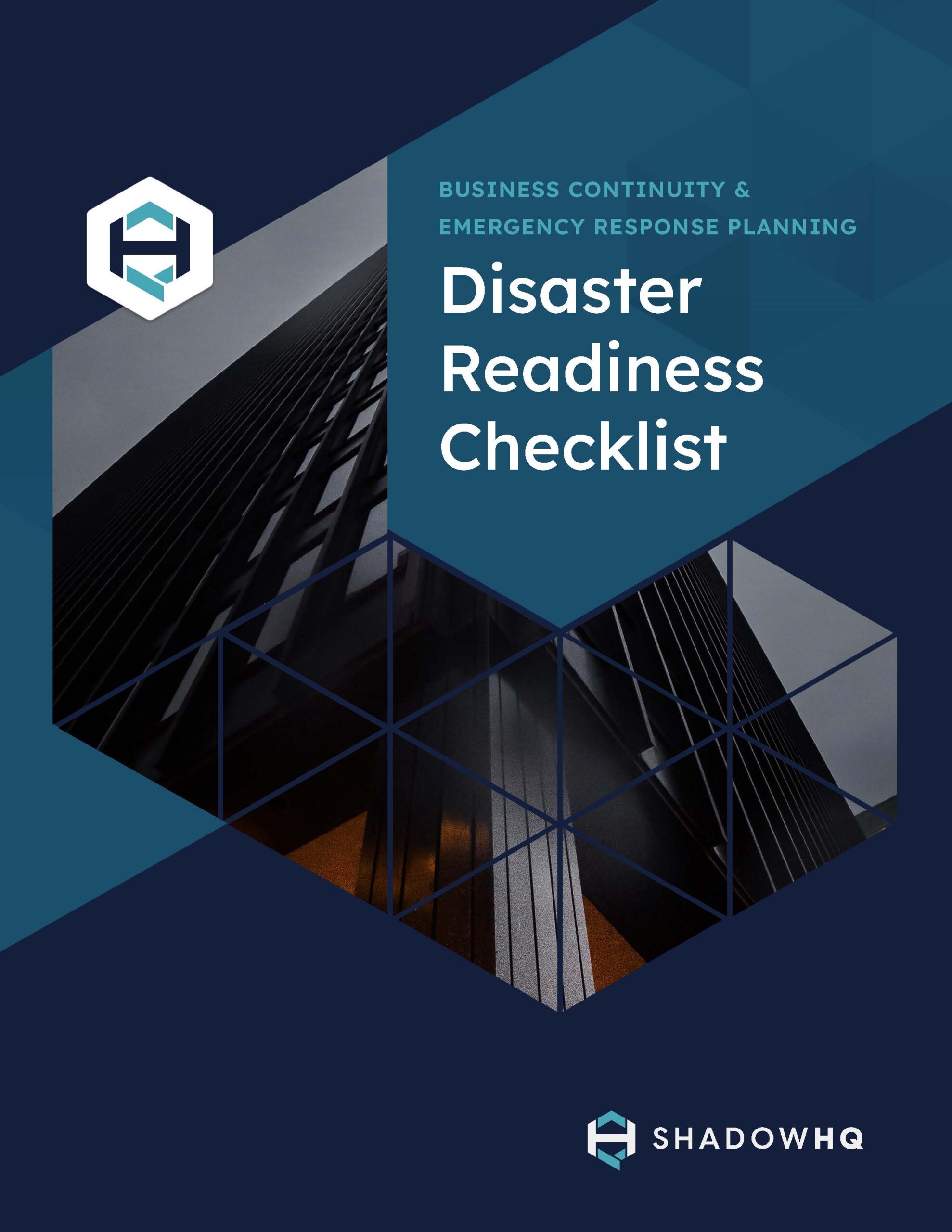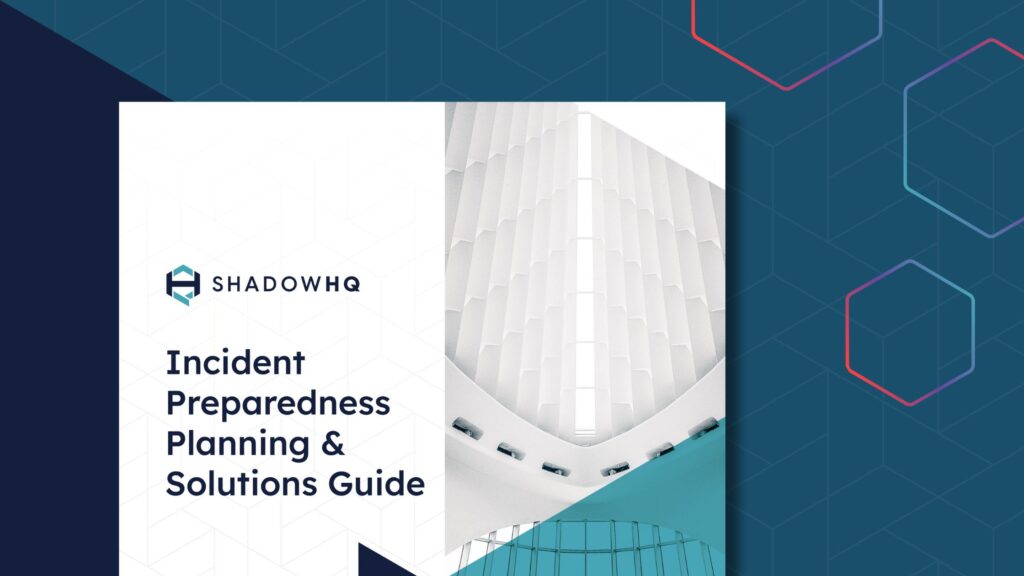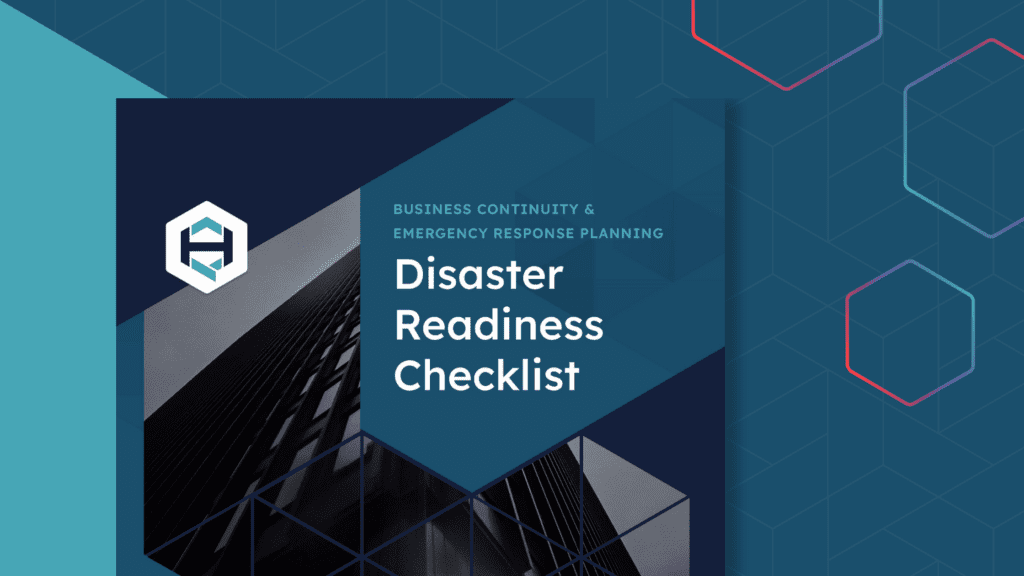Compliance Best Practices: 5 Steps to Demonstrating Incident Response Readiness
Incident Response and Compliance Best Practices: 5 Steps to Demonstrating Readiness
Organizations across all industries must meet compliance standards while also facing the need to respond rapidly to any business-impacting incident.
Incident response readiness and compliance can complement each other, even strengthening each other in the process. But that won’t happen on its own—you need to craft strategic plans that align with evolving compliance requirements.
Otherwise, you risk being unprepared for devastating incidents while also risking non-compliance by not understanding specific requirements, especially regarding data breaches.
The General Data Protection Regulation (GDPR) plays a crucial role in ensuring regulatory compliance during incident response, emphasizing the need for immediate data breach notification and protection of sensitive data.

Every action taken by your teams needs to eradicate the threat and return to normal options while maintaining compliance. Keep reading as we explore five steps to managing this intersection of two business-critical initiatives.
Understanding Incident Response
Incident response is a critical component of an organization’s cybersecurity strategy, enabling them to respond to and manage security incidents in a timely and effective manner. It involves a structured approach to identifying, containing, and mitigating the impact of security incidents, as well as restoring normal business operations as quickly as possible.
Definition of Incident Response
Incident response refers to the process of responding to and managing security incidents, such as data breaches, malware outbreaks, or unauthorized access to sensitive data. It involves a coordinated effort by the incident response team to identify the root cause of the incident, contain the damage, and restore normal business operations. The incident response team plays a pivotal role in ensuring that all actions taken are systematic and effective, minimizing the impact on the organization.
Importance of Incident Response in Compliance
Effective incident response is essential for maintaining regulatory compliance and protecting sensitive data. Organizations must have an incident response plan in place to ensure that they can respond to security incidents in a timely and effective manner, minimizing the risk of data breaches and reputational damage. Incident response planning is a critical aspect of regulatory compliance, as it enables organizations to demonstrate their commitment to protecting sensitive data and maintaining the trust of their customers. By having a robust incident response plan, organizations can show auditors and regulatory bodies that they are prepared to handle security incidents in a compliant manner, thereby safeguarding their compliance standing.
Step 1: Establish a Proactive Incident Response Plan
An incident response plan is necessary to rapidly recover from a range of possible incidents, from natural disasters to cyber-attacks. Establishing a computer incident response team as part of the preparation phase for incident management is crucial for creating an effective incident response plan and coordinating communication and procedures during a security incident.
These plans provide clear processes and protocols for how to contain, eradicate, and recover from incidents that disrupt normal operations or otherwise present a threat to the business. Key components of an effective incident response plan include:
-
Clear roles and responsibilities
-
Established communication procedures
-
Escalation procedures
-
Data handling processes
-
Involvement of legal teams
The composition and variability of incident response team members are important, as the size and roles of the team depend on an organization’s specific needs, with some members potentially taking on multiple responsibilities.
You don’t necessarily need to develop a play-by-play method for every possible scenario, establishing how response teams handle common tasks effectively and in full compliance matters.
Assembling an Incident Response Team
Assembling an incident response team is a critical step in ensuring that an organization is prepared to respond to security incidents. The team should consist of individuals with diverse skills and expertise, including technical, legal, and communications specialists.
A well-rounded incident response team is essential for addressing the multifaceted nature of security incidents. Technical experts can identify and mitigate threats, legal advisors ensure that all actions comply with regulatory requirements, and communications specialists manage internal and external communications to maintain transparency and trust. By bringing together a diverse group of professionals, organizations can ensure a comprehensive and effective incident response, protecting sensitive data and maintaining business continuity.
Step 2: Implement Efficient Incident Detection Solutions
Being aware of an incident is the first step in responding to it. Taking action during the early stages of an incident can make the difference between extensive downtime and a minor incident that doesn’t disrupt operations.
Implementing solutions for intrusion detection, uptime monitoring, or power outage notification will go a long way toward minimizing the impact of any given incident. Tools that leverage advanced automation and AI are highly effective at identifying anomalous behavior and notifying admins of the potential issue. These tools should be part of a structured approach that includes the six phases of incident response steps: preparation, identification, containment, eradication, recovery, and lessons learned.
How does compliance come into play? The right incident detection platforms will also include careful documentation and reporting features to help with post-incident review. This evidence can help significantly during the next audit, alongside reporting the incident to any necessary authorities or the general public.
Step 3: Align Evolving Compliance Requirements with Incident Response Plans
Compliance must be considered when these plans are being developed so that teams can avoid any issues during a crisis. Otherwise, teams may risk taking non-compliant actions as they try to contain and recover from an incident.
An incident response plan should guide organizations through the entire incident response process, from initial detection to resolution.
Any incident that threatens the business will be stressful, leading to missteps that may become costly after your next audit. Including compliance requirements in your incident response plans ensures that teams who consult these plans are ready to maintain compliance during the recovery process, such as proper evidence collection.
For example, GDPR and HIPAA are two widely applicable data privacy and protection compliance standards. Both require evidence collection during an incident and dictate when the general public needs to be made aware of the incident.

Ensuring these requirements are included in guidance given to crisis management teams keeps them aware of the need to maintain compliance in stressful situations.
Step 4: Ensure Incident Response Readiness with Frequent Training and Practice for the Incident Response Team
All incident response teams involved in incident response plans should receive regular training on the latest processes and procedures. Training should cover the steps to containment and recovery and include related compliance requirements.
However, training alone is insufficient to respond effectively to many types of incidents. That’s why practicing individual steps or overarching processes like communicating is so critical. For example, you can set up simulated environments and tabletop exercises that replicate a cyber attack to give teams a tangible way to practice response plans.
Stress and frustration during an incident make following the response plans challenging, degrading readiness efforts. Practicing your plans allows you to identify any issues, gives teams hands-on experience, and helps emphasize compliance requirements.
Step 5: Review and Update Response Plans Regularly
Continuous review is a foundational component of incident response readiness. Plans should be reviewed shortly after a security incident is recovered from, but you should also conduct quarterly or annual reviews. There are two core reasons why this needs to be done:
-
Threats change, and new threats emerge: Risk assessments are a separate but related process that greatly informs incident response planning. The threats you know about will change, and entirely new threats will emerge. Additionally, adopting a new technology or platform may introduce new vulnerabilities that must be understood and planned for.
-
Compliance requirements are always evolving: Similarly, regulatory requirements are continually being revised in response to new threats or technologies. For example, the rise of AI will likely influence the next revisions of many compliance standards. New legislation may also be passed that introduces an entirely new set of requirements to meet, such as the need for data protection following GDPR.
Regularly reviewing existing response plans allows you to be ready to tackle the latest threats head on while also meeting new or revised compliance requirements. Don’t make the mistake of keeping reviews to the post-incident process; it must be a recurring process. Having a structured response plan is crucial to effectively manage the fallout from security incidents, ensuring legal compliance, clear communication with stakeholders, and proactive measures to minimize damage and protect sensitive data.
Maintaining Compliance Throughout Incident Responses is Critical
It can be challenging to balance compliance and incident response readiness, as you need to ensure business continuity while also avoiding the possibility of risking your non-compliance standing.
Following structured incident response steps, which include preparation, identification, containment, eradication, recovery, and lessons learned, is essential to maintain compliance during recovery.
Fortunately, being aware of the potential for recovery teams to inadvertently take non-compliant steps in a crisis helps you adjust response plans accordingly. Build proactive plans, align them with compliance controls, and regularly review plans for effectiveness and changing compliance requirements.
Additionally, communication is one critical aspect of quickly responding to any given scenario, but coming up with ad hoc solutions to downed comms may risk compliance. ShadowHQ offers secure out-of-band communications with the latest security protocols to protect your compliance while you recover.
Are you ready to take an important step in balancing compliance with incident response readiness? Watch our on-demand demo to see the ShadowHQ platform in action.
EWEBINAR
Experience the ShadowHQ platform
Walk through a cyber breach scenario in a 15 minute demo.

GUIDE DOWNLOAD
Disaster Readiness Checklist
When an emergency happens, every minute counts.


